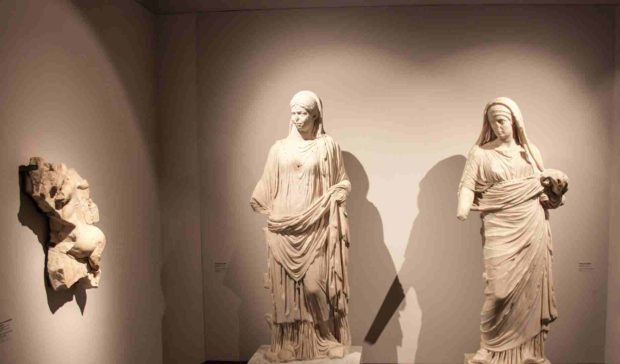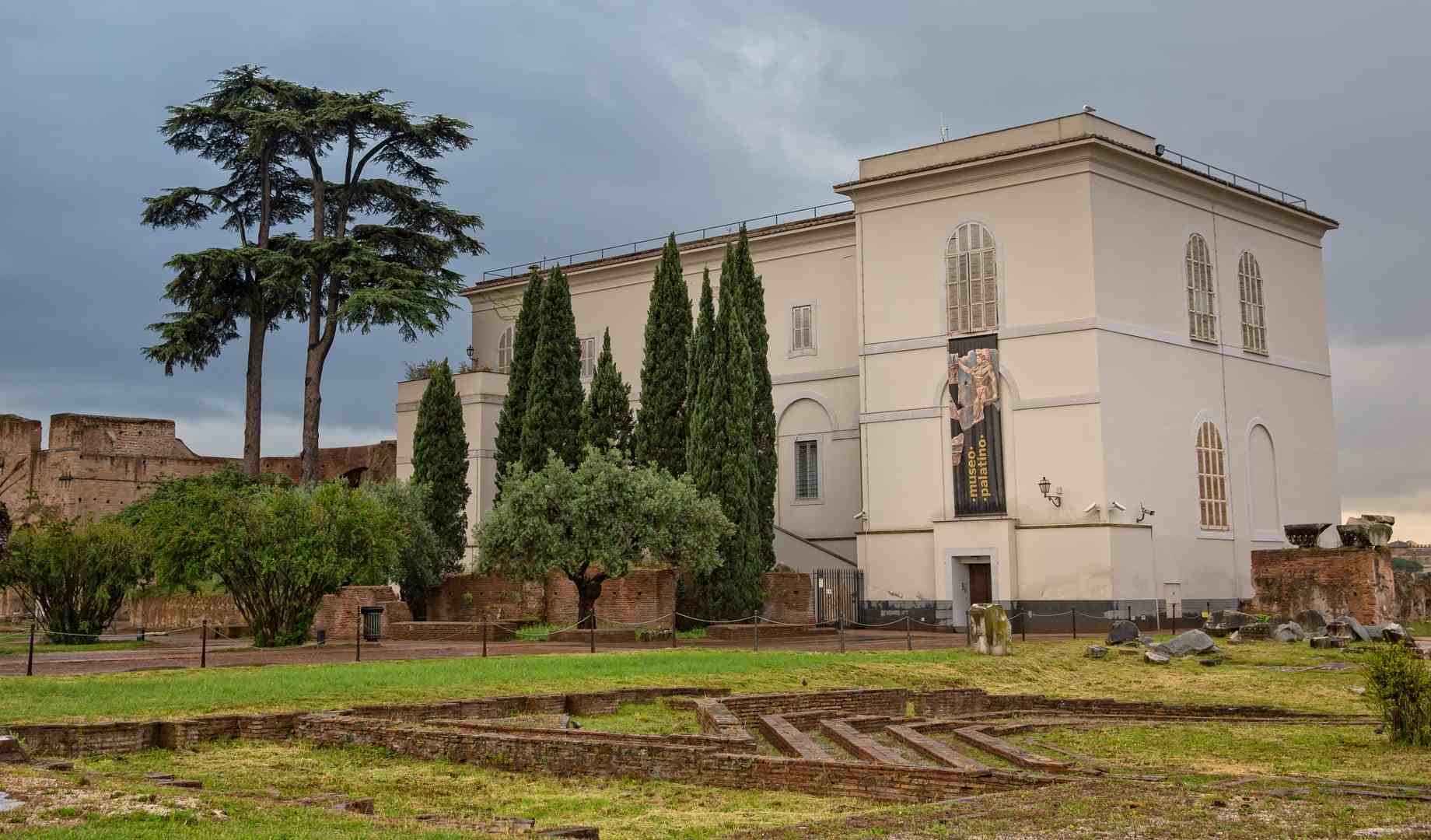Immerse yourself in the captivating world of ancient Roman art and history as you explore the Palatine Museum and the revered Temple of Cybele. Unravel the stories behind the artifacts and structures that have withstood the test of time, and gain insight into the cultural significance of these remarkable landmarks.
The Palatine Hill in Rome, Italy, holds within its ancient ruins a wealth of history and art that continues to captivate visitors from around the world. One of the highlights of this historic site is the Palatine Museum, which houses a remarkable collection of artifacts from ancient Rome. Among the many treasures in this museum, the Temple of Cybele stands out as a significant structure with a fascinating backstory. Let’s delve into the intriguing world of the Palatine Museum and the Temple of Cybele.
The Palatine Museum
The Palatine Museum is located on Palatine Hill, one of the seven hills of Rome, and is part of the larger Roman Forum archaeological complex. This museum is home to a vast collection of ancient Roman art and artifacts, ranging from statues and frescoes to pottery and jewelry. The exhibits in the Palatine Museum provide a unique window into the everyday life, culture, and history of ancient Rome.
One of the notable collections in the Palatine Museum is the Farnese collection, which includes impressive sculptures such as the Farnese Hercules and the Farnese Bull. These masterpieces of ancient Roman art are meticulously preserved and displayed, allowing visitors to appreciate the remarkable craftsmanship and artistry of the Roman civilization. The Palatine Museum also houses a vast array of other artifacts, including mosaics, coins, and everyday objects that offer insights into the daily lives of the ancient Romans.
Visiting the Palatine Museum is a journey back in time, where you can immerse yourself in the rich cultural heritage of ancient Rome and gain a deeper understanding of its significance in world history.

https://colosseumrome-tickets.com/guide-to-palatine-museum
The Temple of Cybele
The Temple of Cybele, also known as the Temple of Magna Mater, is located on the Palatine Hill and is one of the many ancient temples that once graced the Roman Forum. Cybele, also known as Magna Mater or the Great Mother, was a Phrygian goddess associated with fertility, nature, and the protection of cities. The Temple of Cybele was dedicated to her worship and was an important religious site in ancient Rome.
The temple, built in the 2nd century BC, was a grand structure with a Corinthian-style façade and a large cella or inner sanctum. The temple was adorned with exquisite marble sculptures and decorations, and it was a prominent landmark in the Roman Forum. The Temple of Cybele was also known for its elaborate religious ceremonies and processions that were held in honor of the goddess.
The Temple of Cybele holds immense cultural and historical significance as a testament to the religious beliefs and practices of the ancient Romans. It is a reminder of the rich and diverse religious landscape of ancient Rome and the enduring impact of these beliefs on the art, architecture, and culture of the time.
History and Symbolism
The Palatine Museum and the Temple of Cybele are not only repositories of ancient Roman art and artifacts, but they also carry profound historical and symbolic significance. The Palatine Hill was one of the most sought-after locations in ancient Rome, with palaces of emperors and aristocrats dotting its landscape.



![women [longevity live]](https://longevitylive.com/wp-content/uploads/2020/01/photo-of-women-walking-down-the-street-1116984-100x100.jpg)










